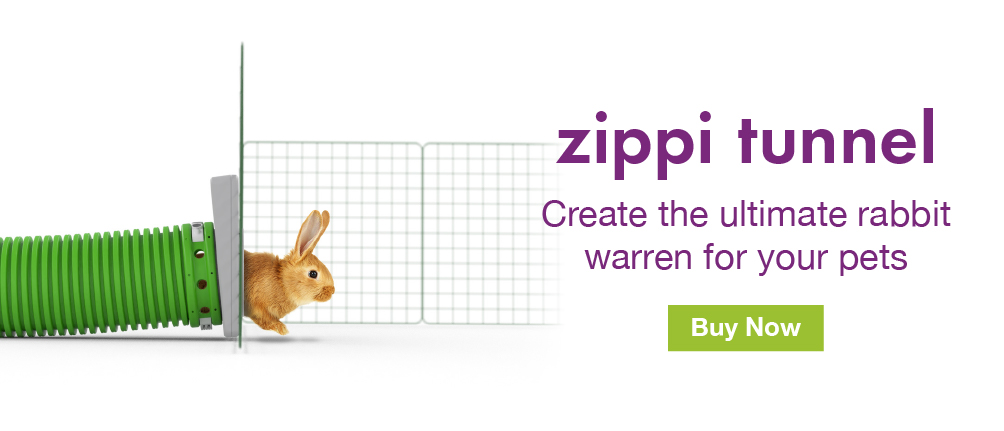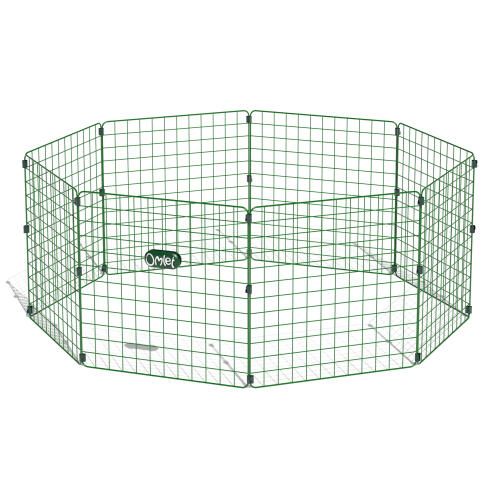It's a big world out there so rabbits have developed some extraordinary features that have helped them survive and thrive in the wild. You can see these behaviour patterns and features too, if you spend a while watching your own rabbits.
- Rump
- Loin
- Shoulder
- Neck
- Ears
- Eyes
- Nose
- Mouth
- Dewlap
- Foreleg
- Toenails
- Hock
- Tail / Scut

Rabbits are mammals, just like us humans - there are a few big differences, though!
Ears
With their big ears Rabbits obviously have good hearing but even better than that they can move their ears independently allowing them to pinpoint danger from any direction.
Eyes
Rabbits also have big eyes. A rabbit's eyes protrude from the side of its head which gives them near 360' vision - the one area they can't see is right in front of their own nose! To 'see' whether something is edible a rabbit will touch the object with their sensitive top lip.
Teeth
Rabbits teeth are always growing to cope with all that gnawing. In fact, if they didn't wear them down by eating grass, they could grow up to 5 inches a year! This is why feeding your rabbit a lot of hay is the best way of keeping their teeth in good condition. The presence of their 'peg' teeth makes them, along with Hares, stand apart from other rodents in their own sub-order 'Lagomorph'.
Nose
Why does a rabbit's nose twitch? It's so that all of the highly sensitive receptors are exposed to the air. A sign that a rabbit is very relaxed is that its nose stops twitching as this is one of its many ways of detecting imminent danger.
Digestion
Rabbits - the ultimate in grass nutrient extraction!
Rabbits have a two stage digestive system. After the chewed food passes from the upper digestive tract where it's been mixed with stomach juices into the lower digestive system, the fibrous material is taken straight out and is turned into what we recognize as rabbit droppings - little fibrous balls.
The rest of the mixture i.e. the liquid and the non-fibrous bits go on to the caecum - a big fermentation tank, where lots of bacteria work at releasing all the goodness from the plant matter. Most of this is then packed up into pellets called caecotrophs that the rabbit eats straight from its bottom! At the second time of eating many more nutrients are absorbed after the bacteria from the caecum has had time to act.
Back
Rabbits have a relatively weak back and because of the strength in their back legs, they can cause themselves considerable damage. Make sure children are supervised when they handle their rabbit and can properly support its back and legs. Rabbits will struggle if they feel insecure. Don't forget that rabbits prefer interaction at ground level as this is their natural environment.
Legs
With extremely powerful back legs rabbits can perform big jumps and dig big holes. If they are in danger a sudden whack on the ground can make a surprisingly loud noise alerting another rabbits to the problem.
Tail
Also known as a 'scut' the rabbit's tail is more than decoration! In wild rabbits the underside is pale and is used as a danger signal and for communication when several rabbits are feeding over a big area.








Comments
María, 22 April 2020
I like rabbits and their learning on this platform are very complete